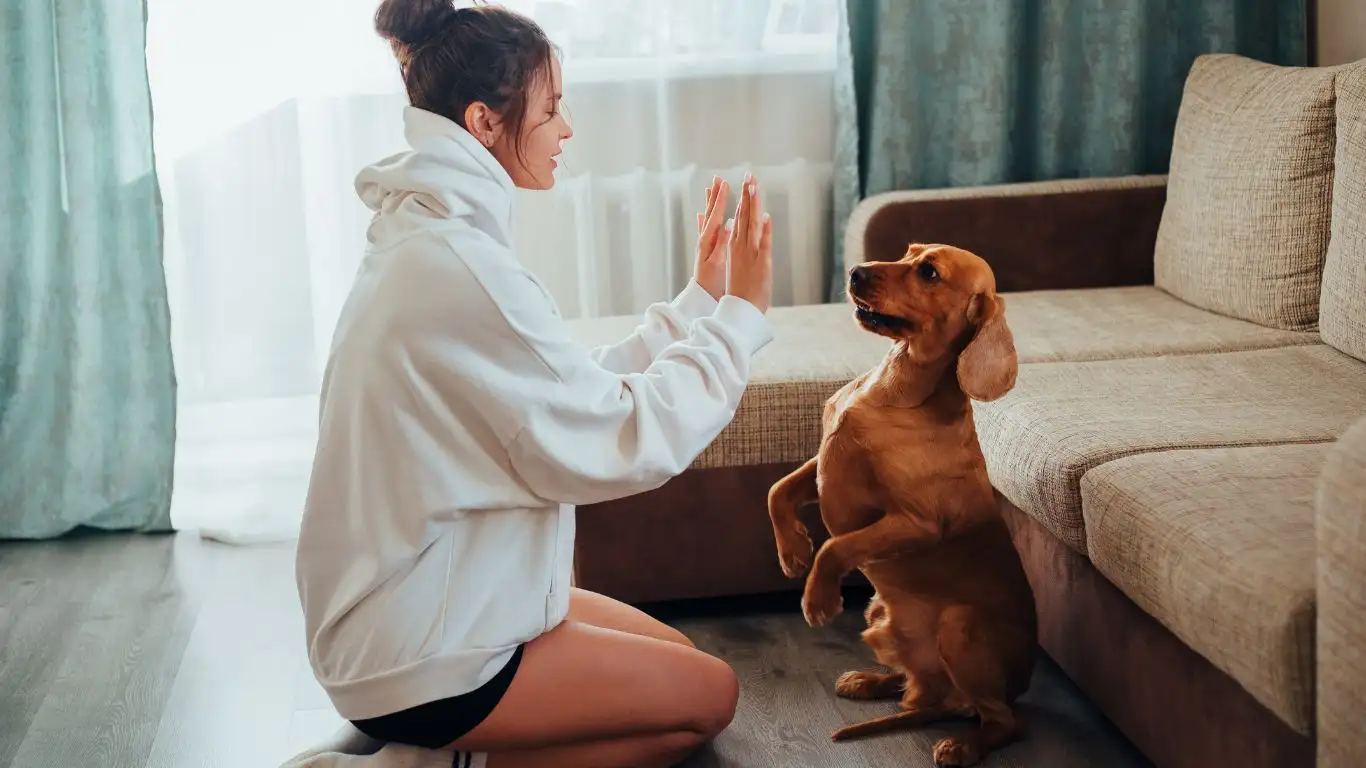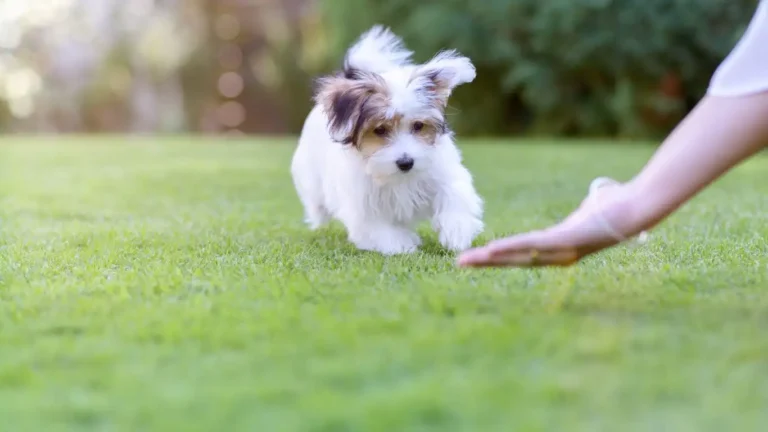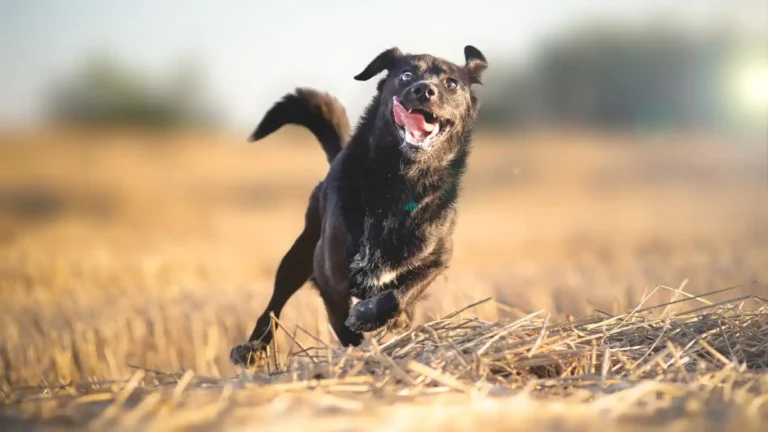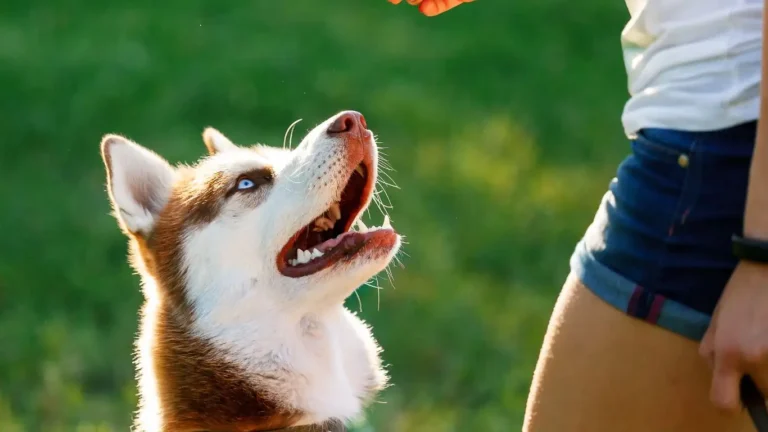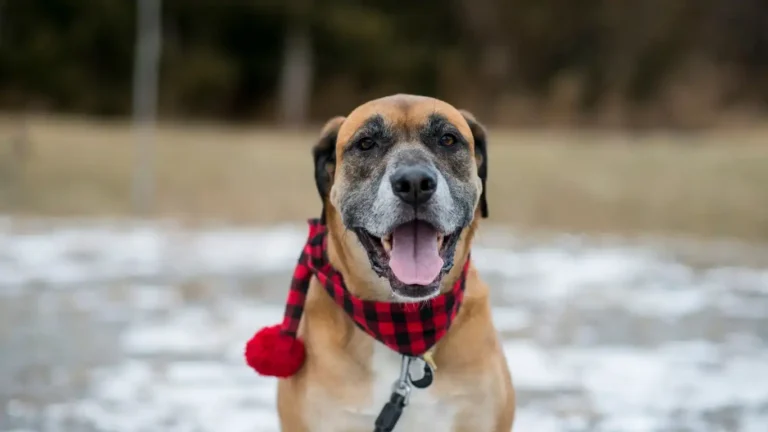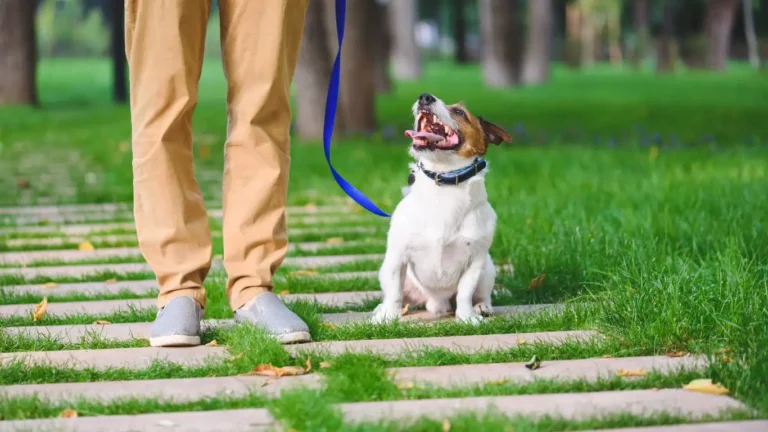Calm Your Dog at the Vet: Proven Training Tips That Actually Work
Let’s be real — vet visits aren’t exactly a walk in the park for most dogs. If you’re wondering how to train a dog to calmly accept vet examinations, you’re definitely not alone. As someone who’s spent years in the field as a Canine-Assisted Therapy Trainer, I’ve seen every type of pup behavior at the vet — from the shaky chihuahuas to the 90-pound labs trying to bolt for the door. And trust me, the difference between chaos and calm usually comes down to one thing: preparation. The kind of hands-on, real-world, tail-wagging prep that starts long before the actual vet appointment. So if you’re tired of wrestling your dog into the clinic or watching them spiral into a full panic meltdown, this guide is for you. No gimmicks, no fluff. Just real strategies, proven techniques, and a few personal stories from the trenches.
Why Do Dogs Freak Out at the Vet?
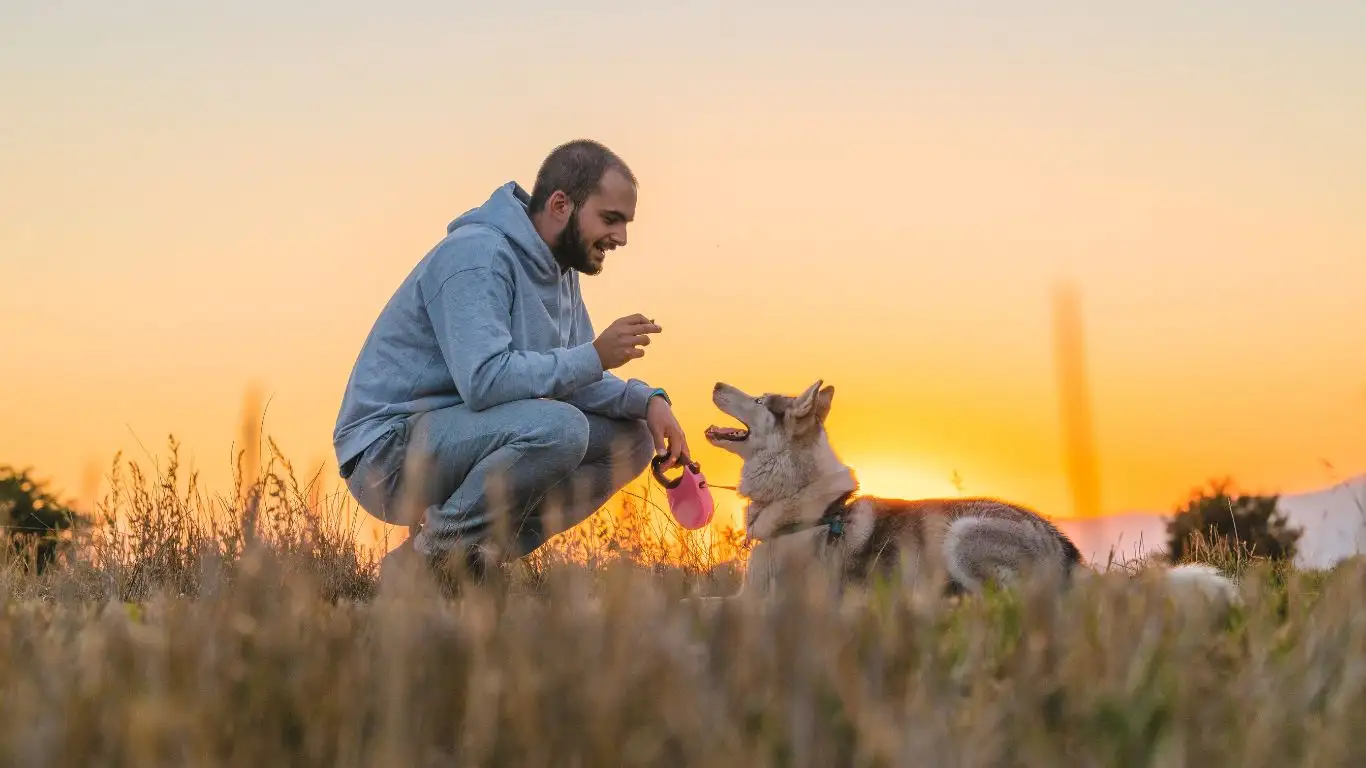
Before we can teach them to chill, we’ve gotta understand why dogs go from sweet to stressed the moment they see that stainless steel table. The vet’s office is a sensory overload: strange smells, bright lights, slippery floors, cold instruments, and of course — other animals that are just as nervous. Add in a few pokes, prods, and a rectal thermometer, and boom — your dog’s on edge. It’s not personal. It’s survival instincts kicking in.
Common triggers include:
- Unfamiliar handling (like ear checks or paw lifting)
- Strong antiseptic smells
- Memory of past pain or restraint
- Other anxious animals nearby
- Lack of control over the environment
I once worked with a rescue pit mix named Luna who would tremble uncontrollably the second we pulled into the vet’s parking lot. She had zero confidence around new people and had previously been handled roughly. It took time, but with consistent, gentle prep work at home, Luna went from trembling to tolerating — and eventually even wagging her tail through check-ups.
Start the Training at Home — Way Before the Appointment
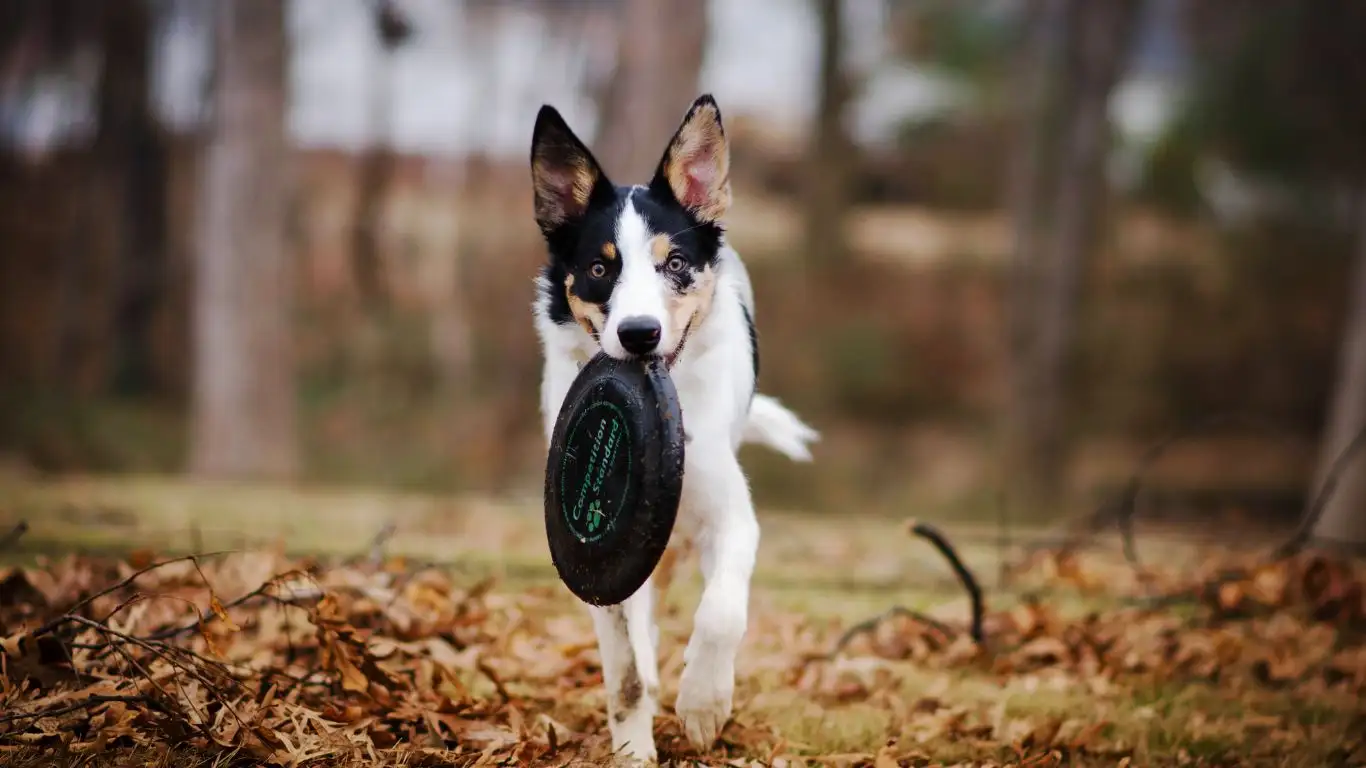
Here’s the truth: if your dog only gets touched on the ears, paws, or belly when they’re at the vet, it’s no wonder they freak out. That’s like being tickled by strangers in a white coat. To change the experience, you’ve gotta normalize that kind of handling in safe, comfy settings — your living room, your backyard, your dog’s favorite chill zone.
Daily “Mock Exams” Work Wonders
Set aside 5-10 minutes a day to do gentle, mock vet exams at home. Use lots of treats, praise, and calm energy. Here’s what to practice:
- Touch and lift each paw — reward every time.
- Gently inspect ears, look inside but don’t poke — more treats!
- Open the mouth for a second or two — praise like crazy.
- Feel along the belly, back, legs — soft voice and belly rubs.
- Light restraint (like hugging under the arms or holding still) — practice calmly and reward afterward.
Make it a game. Make it positive. Use high-value treats (think bits of chicken, cheese, or their favorite freeze-dried snacks) so they start associating these touches with something they *actually* enjoy. I had a golden retriever named Benny who used to flinch every time someone went near his ears. Within two weeks of daily ear-handling and treat pairings, Benny was plopping down on cue and happily letting me check for debris or signs of infection. Small victories build trust.
Teach Handling Cues — Don’t Skip This!
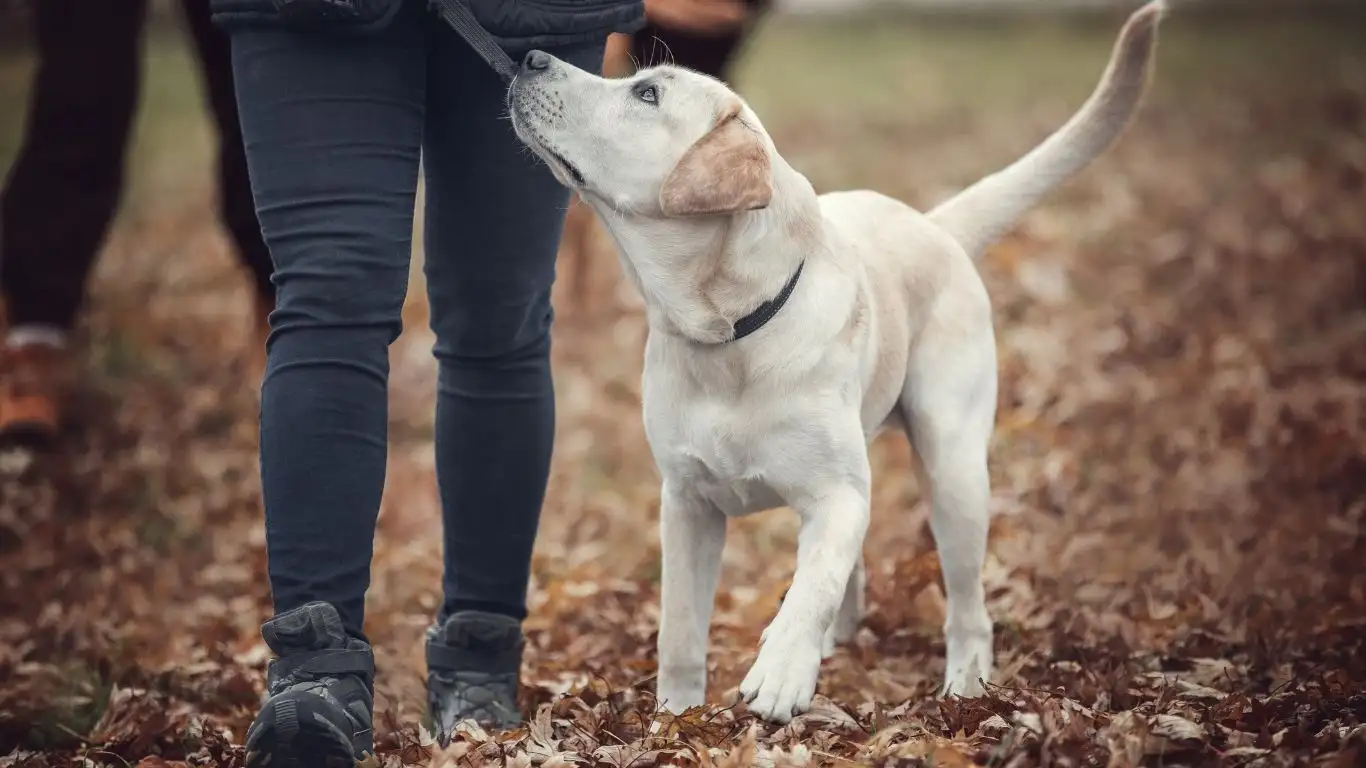
One thing I always teach my therapy dog clients (and honestly, this applies to all dogs) is how to understand and respond to simple handling cues. Think of it like prepping your dog for the steps of an exam so they’re never caught off guard. You wouldn’t want someone yanking up your arm without warning — neither does your pup.
Essential Handling Cues to Practice:
- “Paws up” – for placing paws on an exam table or scale
- “Chin” – place their chin on your hand or a surface (great for stability during shots)
- “Touch” – target training that builds focus and control
- “Hold” – short, gentle restraint cue for brief moments
Train these cues the same way you’d teach “sit” or “stay.” Clear command, action, reward. Repeat until your dog starts offering the behaviors on their own. Not only does this reduce stress, it builds a level of communication and predictability your dog can rely on — and that changes everything.
Use Your Own Calm Energy
This one’s big. Dogs feed off our energy, especially in unfamiliar or high-stress situations. If you’re nervous about how your dog will behave at the vet, chances are they’ll pick up on that tension and mirror it. I’ve had clients bring in dogs who were clearly stressed because their person was anxious, rushing, or apologizing before we even started. Deep breaths. Slow movements. Confident voice. Your calm becomes their calm.
Next up, we’ll talk about making the actual trip to the vet less terrifying, how to use desensitization techniques with real vet tools, and some pro tips that have helped even the most skittish pups turn a corner.
Making the Vet Visit Itself Less Scary
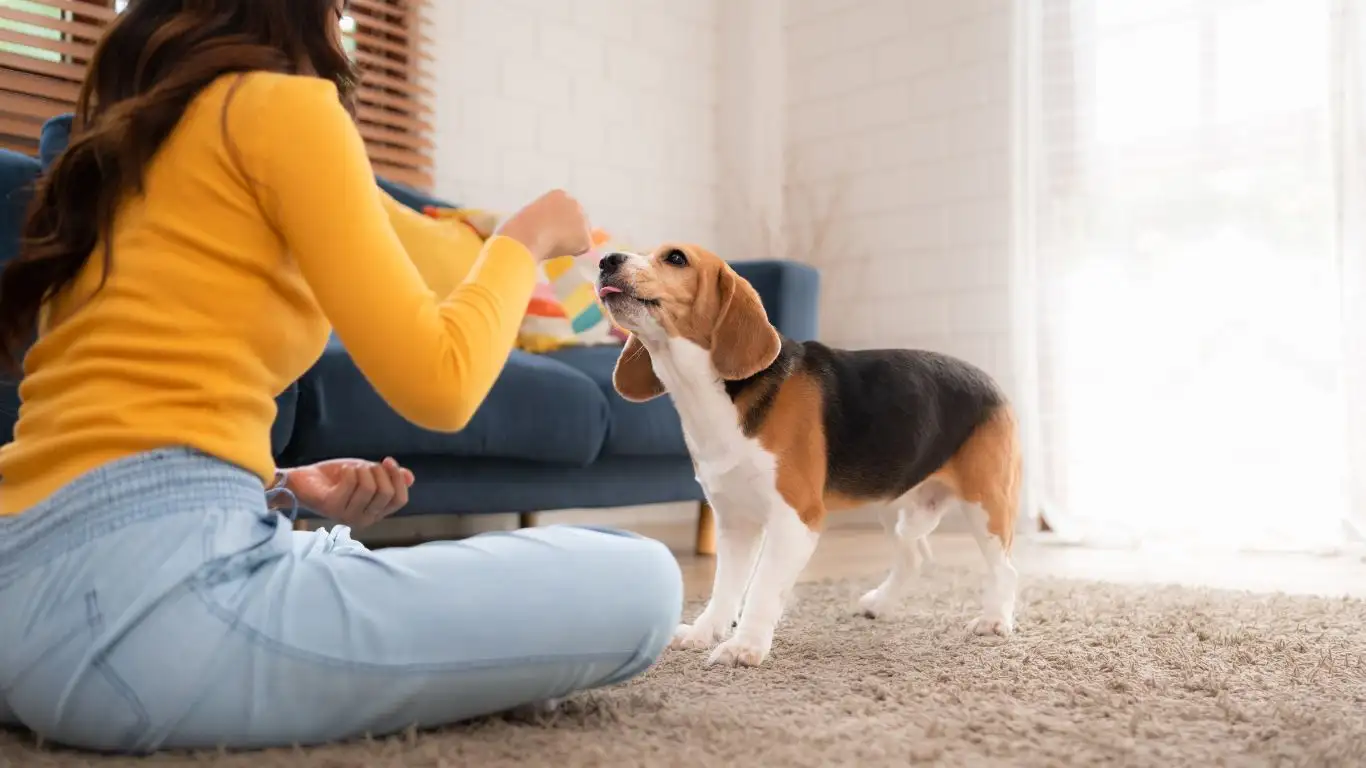
Alright, so you’ve been putting in the reps at home — mock exams, handling cues, calm energy, all of it. Gold star. But now comes the real test: the actual vet visit. This is where all that prep gets put into action. The good news? You’ve already built a solid foundation. The key now is transferring that comfort and confidence from your home turf into the unfamiliar environment of the clinic.
In my experience, dogs who struggle the most at the vet are often reacting more to the build-up — the car ride, the smells, the change in routine — than the vet themselves. That’s why desensitizing the whole experience matters just as much as training at home.
Do Dry Runs (a.k.a. “Happy Visits”)
I can’t emphasize this enough: take your dog to the vet when nothing bad is going to happen. Seriously. Call ahead, let the clinic know you’re doing training, and just drop by for a few minutes. Walk into the lobby, give your dog some high-value treats, chat with the front desk staff, and leave. That’s it. No needles. No exams. Just positive vibes.
One of my clients, a shy German Shepherd named Atlas, went from lunging at the vet door to calmly walking in and lying down during check-ins — all because we did a handful of no-pressure visits where he got treats and praise just for being there. Repetition creates familiarity, and familiarity builds confidence.
Use the Waiting Room Wisely
Let’s face it: waiting rooms can be a zoo. You’ve got barking dogs, loud phones, weird smells, and sometimes chaos. If your dog is sensitive or reactive, skip the lobby entirely. Wait in your car and ask the clinic to text or call when it’s your turn. I’ve recommended this to dozens of clients and it’s a total game-changer for reducing stress.
Bring a Comfort Kit
Yep, just like packing snacks and toys for a toddler, your dog needs a little comfort too. Here’s what I suggest bringing:
- High-value treats – chicken, hot dog slices, whatever your dog goes nuts for
- Favorite toy or chew – something they can focus on while waiting
- Familiar blanket or towel – something with home scent can be grounding
- Mat or non-slip pad – makes the exam table feel more stable and less slippery
Every dog I work with has a “go bag” for the vet. I used to have a therapy beagle named Daisy who hated slick floors — she’d slip and panic instantly. We started bringing a rubber bath mat to every appointment, and just that tiny change made her feel secure enough to stay put during her whole check-up.
Getting Comfortable With Vet Tools and Procedures

Okay, now we’re really getting into the nitty gritty. Beyond the smells and sounds, dogs often react to specific tools — like stethoscopes, thermometers, and nail clippers — because they associate them with discomfort. The trick is flipping those associations by slowly, gently introducing these tools at home.
Desensitization Basics: Slow and Sweet
Start by letting your dog sniff and explore common vet tools. No pressure. No expectations. Just let them get used to the objects.
- Bring out a stethoscope or something similar (even a phone cord will do). Let your dog sniff it. Treat.
- Touch it gently to their chest. Treat.
- Hold it there a few seconds. Treat and praise.
- Repeat with other items — thermometer case (don’t insert it!), nail clippers, cotton balls, etc.
My go-to is always pairing these tools with a happy word and a reward. For example, when using a mock otoscope, I’ll say “Check ears!” in a peppy tone and give a treat. Eventually, the phrase becomes a cue that signals something positive is coming. With enough reps, even the weird stuff becomes routine.
Handling Anxiety and Reactivity on the Spot
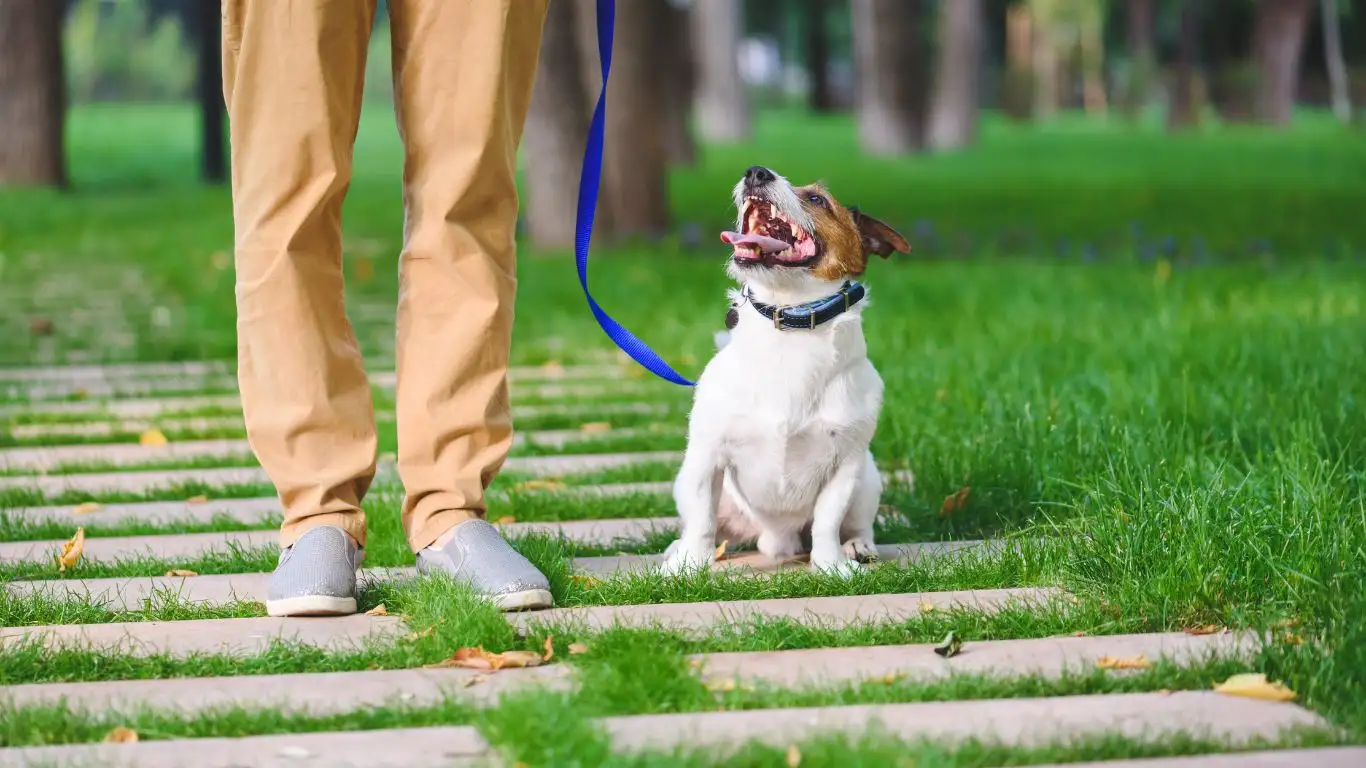
Despite all the prep in the world, some dogs still get anxious in the moment. That’s normal. What matters is how we respond — and what we teach them in those stressful seconds. One of the most effective tools I use in the field is something called a calming hold.
The Calming Hold Technique
This isn’t about restraint — it’s about comfort. Done right, it gives your dog a sense of support and security while preventing sudden movements that might make them more stressed or even hurt themselves.
Here’s how to do it:
- Place your forearm gently under your dog’s chest or belly for support.
- Use your other hand to softly cradle their head or shoulder — whatever’s appropriate for the moment.
- Keep your voice low, breath steady, and body relaxed.
I’ve used this technique countless times — especially with skittish rescue dogs who weren’t used to touch. Just last month, I helped a foster family get through their dog Nova’s first vet check using this approach. The vet even commented how relaxed she looked during her vaccine — all because we took the time to show her it was safe to be still.
Read Their Signals (and Respect Them)
This is something that gets missed a lot. If your dog is showing signs of fear — lip licking, yawning, panting, cowering, pulling away — don’t push. Pause. Redirect. Give them a break. Trust is earned, and rushing them only makes the next visit harder.
Sometimes the most important part of training isn’t what you do, but what you choose not to do. I’ve worked with dogs who needed several short visits before a full check-up was even possible. And that’s okay. There’s no shame in going at your dog’s pace.
Up next, I’ll share ways to build long-term vet confidence, what to do when things go off-script, and how to turn your vet into a training partner instead of a stressor.
Building Long-Term Confidence at the Vet
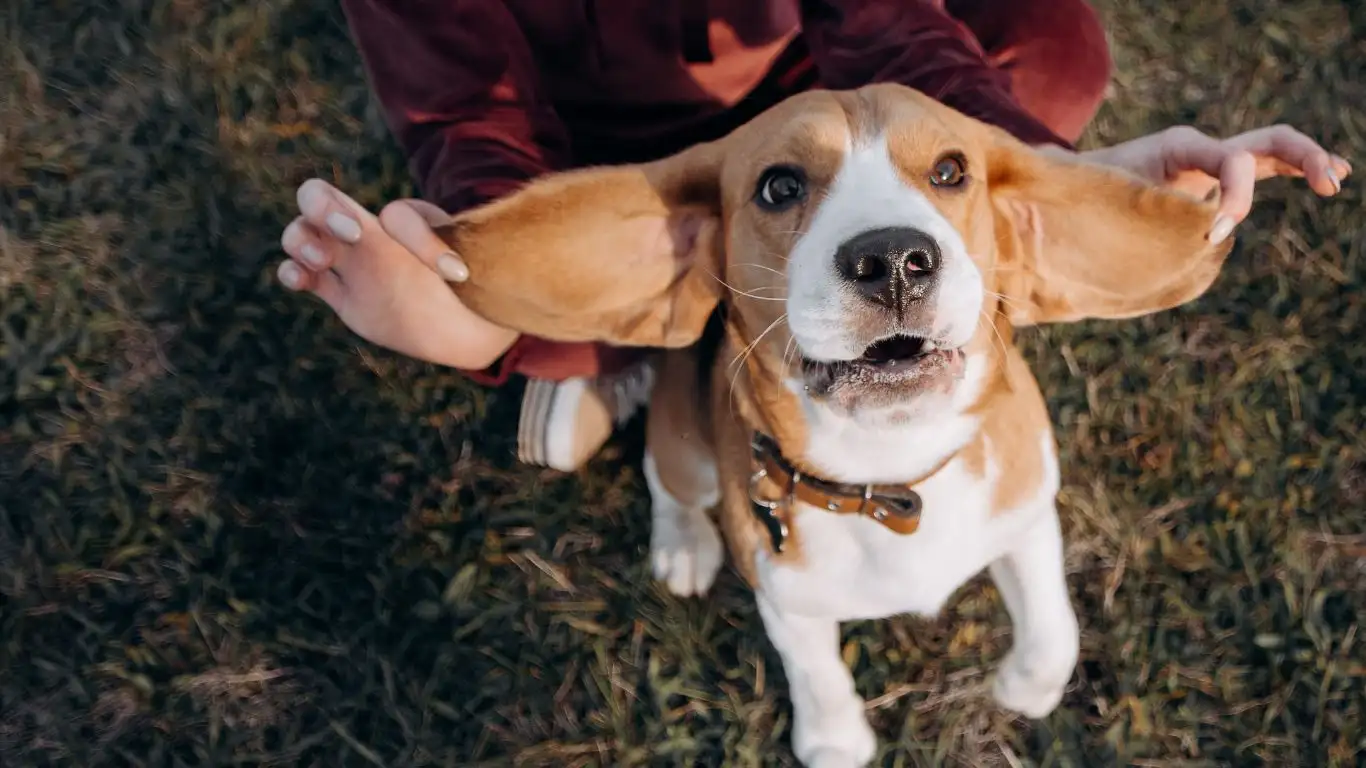
Okay, so by now you’ve laid the groundwork. You’ve tackled handling at home, made the vet less intimidating, and used real tools to desensitize your pup. But here’s the thing — building lasting calm at the vet isn’t a one-and-done deal. It’s a relationship, not a quick fix. And just like any relationship, it needs consistency, respect, and trust to thrive over time.
One of the most common mistakes I see, even from well-meaning dog parents, is thinking “Whew, we made it through that one vet visit — guess we’re good now!” But in reality, repetition is what locks in calm behavior. If you want your dog to stay confident during future exams, you’ve gotta keep practicing the same things even when there’s no appointment on the calendar.
Keep Practicing Between Visits
Even after your dog’s been to the vet a few times successfully, make mock exams a part of your regular routine. I always tell my clients: it’s like brushing your teeth. Do it often, even when nothing’s wrong, and it becomes second nature.
Try integrating these habits:
- Weekly “health check” sessions at home — make it a game with treats
- Monthly happy visits to the clinic — just drop in, say hi, leave
- Practice your handling cues during walks or downtime
One of my long-time therapy dogs, Charlie, used to get regular vet visits due to a chronic ear condition. Because we made “vet prep” a weekly ritual — even just five minutes here and there — he actually looked forward to going. Yep, tail wag and all.
Turn Your Vet Into a Training Partner
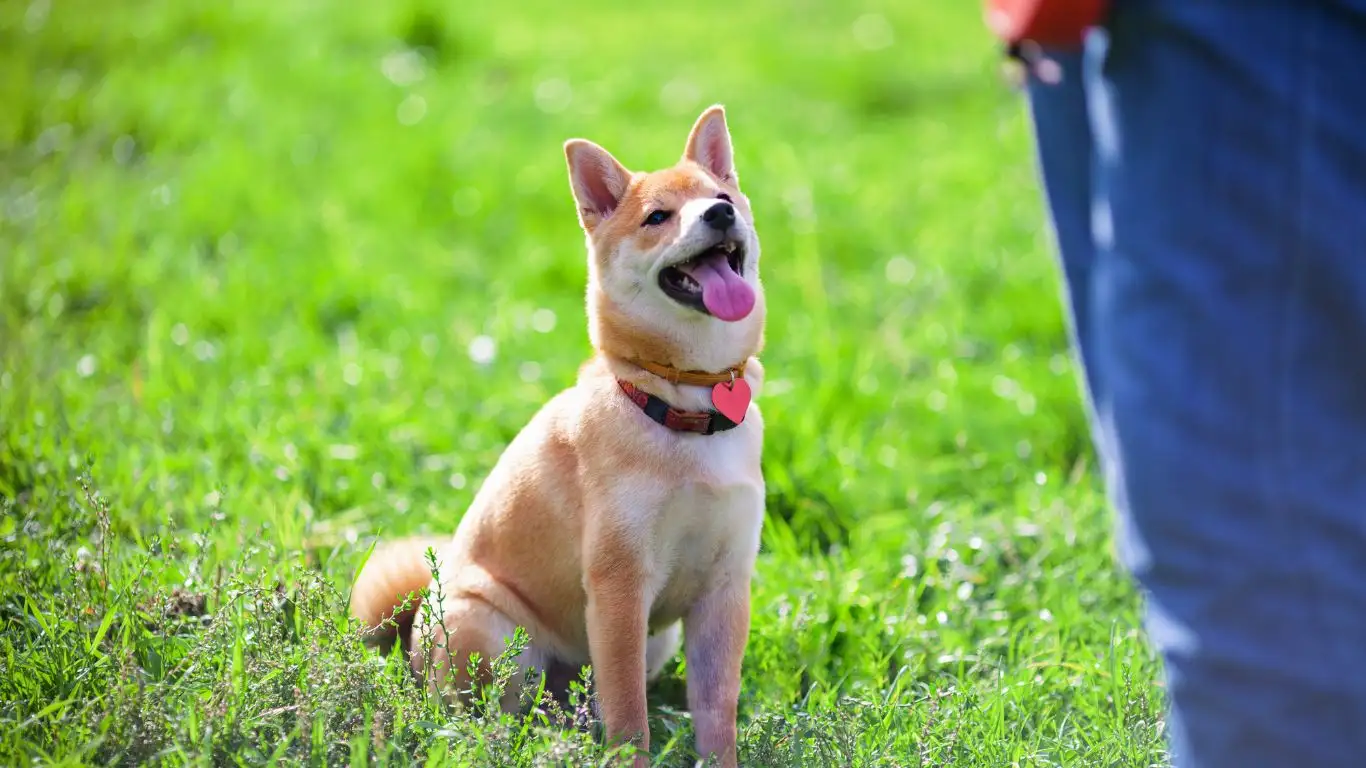
This part can make a huge difference: don’t treat your vet like a stranger — treat them like a teammate. After all, they want your dog to be calm and cooperative just as much as you do. So get them involved. Ask for their help. Tell them what you’ve been working on.
Things you can ask your vet or their team to do:
- Use your dog’s trained cues (like “chin” or “hold”) during the exam
- Take breaks during stressful procedures
- Let you reward your dog mid-exam with treats or praise
- Handle your dog slowly and narrate what they’re doing
I’ve even had some amazing vets allow clients to come in after hours for “fear-free” sessions — short, positive-only visits with zero medical procedures, just to keep building those good associations. If your vet is open to collaboration, run with it. It turns the clinic from a scary place into a familiar, predictable one.
Advocate for Your Dog — Always
Here’s a little professional tip I live by: if something feels off, speak up for your dog. You are their voice. If a certain procedure seems too fast or rough, or if your pup is visibly overwhelmed, ask for a pause. There’s absolutely nothing wrong with slowing down or rescheduling for another day if needed.
Years ago, I was working with a sweet boxer named Bruno who had massive fear around nail trims. The vet tech at his clinic was rushing and Bruno started trembling. I gently stepped in and asked if we could switch to using a grinder instead of clippers — and boom, whole vibe changed. Bruno stayed calm, and the tech appreciated the feedback. Win-win.
When Things Don’t Go As Planned
Let’s be honest — even with the best prep, dogs are still dogs. They have off days. Unexpected triggers happen. Emergencies pop up. Don’t beat yourself up if a vet visit doesn’t go perfectly. The goal isn’t perfection — it’s progress over time.
If your dog panics at the vet:
- Stay calm — your energy sets the tone
- Ask for a break or step outside to reset
- Use familiar cues like “touch” or “focus” to re-engage
- End the visit early if necessary and schedule a follow-up
In one particularly intense session, I had to call off a full exam for a rescue husky named Finn because his body language was just screaming “not today.” We did a quick weigh-in, gave him treats, and left. Came back a week later and he handled the full check-up like a champ. Sometimes pushing through isn’t the brave choice — backing off is.
Consider Medication or Calming Aids if Needed
For some dogs, especially those with trauma histories or severe anxiety, training alone might not be enough. And that’s okay. I’ve had to work alongside vets to introduce calming supplements or prescription meds for a few of my tougher cases. It’s not cheating. It’s compassion.
Products like pheromone sprays, calming chews, or even pre-visit anti-anxiety meds can take the edge off just enough to help your dog stay present and teachable. Always talk to your vet first and work out a plan that supports your dog’s mental health, not just their physical health. Resources like PetMD and AKC offer helpful overviews of calming options if you want to learn more.
Final Thoughts: Trust Takes Time, But It’s Worth It
If there’s one message I hope you take away from this, it’s this: your dog’s ability to calmly accept vet examinations is a skill. It’s not luck. It’s not a personality trait. It’s something you build with time, patience, and care.
And I’ve seen it happen again and again — dogs who once needed muzzles and sedation now walking into clinics wagging their tails, curious and calm. It’s not magic. It’s just consistent work, done with love and empathy.
So keep showing up. Keep listening to your dog. Keep celebrating the small wins — because those small wins turn into big changes.
References
Disclaimer
This article is intended for educational and informational purposes only and is based on my experience as a certified Canine-Assisted Therapy Trainer. It does not replace professional veterinary advice, diagnosis, or treatment. Always consult your veterinarian or a certified behaviorist regarding your individual dog’s needs and health.
